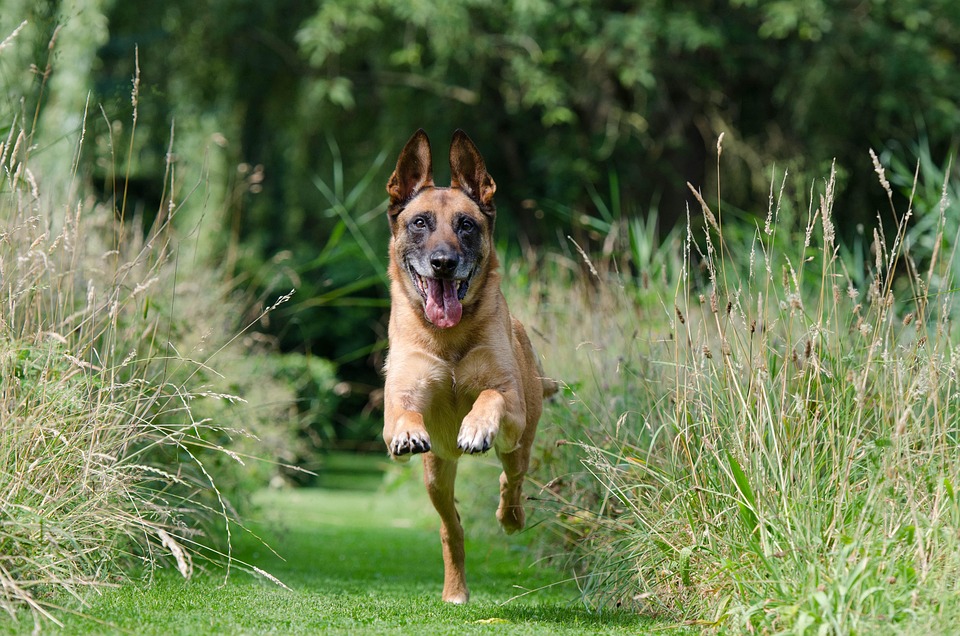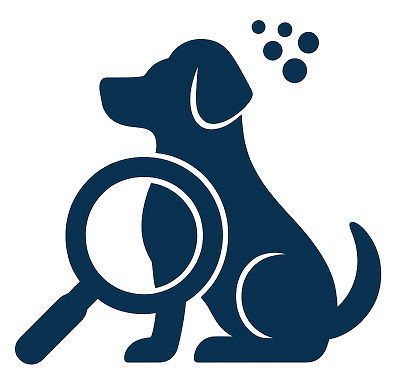
Dog recall, often referred to as the “come” command, is one of the most essential commands you can teach your dog. Ensuring your dog returns to you when called is not only crucial for their safety but also strengthens your bond. A reliable recall can prevent accidents, help manage unwanted behaviors, and provide you peace of mind when your dog is off-leash.
This guide will offer a comprehensive step-by-step approach to mastering dog recall, from understanding its importance to troubleshooting common challenges.
Understanding the Importance of Recall
Recall is a fundamental aspect of obedience training. It ensures that your dog will return to you regardless of distractions. This command can prevent dangerous situations, such as running into traffic or approaching aggressive animals.
Moreover, having a dog with a strong recall command means more freedom for both the dog and the owner. Your dog can enjoy off-leash activities in safe environments, knowing they will return when called.
Preparation and Setting the Foundation
Choosing the Right Environment
Begin training in a controlled, distraction-free environment. Initially, your home or a fenced backyard is ideal. As your dog becomes more proficient, gradually introduce environments with more distractions.
Gathering Essential Tools
To ensure successful recall training, you’ll need:
- High-Value Treats: Use treats that your dog finds irresistible. These should be small, bite-sized, and easy to consume quickly.
- Long Leash: A 15 to 30-foot leash allows your dog some freedom while ensuring control during training sessions.
- Clicker: Optional, but useful for marking the exact moment your dog performs the desired behavior.
Step-by-Step Recall Training Guide
Step 1: Establishing a Positive Association
Start by creating a positive association with the recall command. Choose a word or phrase like “come” or “here.” Begin by saying the word in a cheerful tone, immediately followed by offering a high-value treat. Repeat this several times daily to build a positive connection with the command.
Step 2: Short Distance Recall
Once your dog associates the command with positive outcomes, practice recall over short distances. Use the command in a controlled environment, such as your living room. Say the word, and when your dog comes to you, reward them with a treat and praise.
Consistency is key. Practice this for several days, gradually increasing the distance within the same environment.
Step 3: Introducing the Leash
Attach the long leash to your dog’s collar and allow them to explore within the leash’s reach. Call your dog using the recall command. If they hesitate, gently guide them towards you using the leash, ensuring the experience remains positive.
Once your dog reaches you, reward them with treats and affection. Repeat this step until your dog reliably responds to the command with minimal guidance.
Step 4: Increasing Distance and Adding Distractions
Gradually increase the distance between you and your dog during recall. Begin introducing distractions, such as toys or other people, while maintaining a controlled environment.
Be patient and ensure your dog continues to respond positively to the command. If they struggle, reduce distractions or decrease the distance temporarily.
Step 5: Practicing Off-Leash Recall
Once your dog consistently responds to the recall command on a long leash, it’s time to practice off-leash. Begin in a secure, enclosed area to prevent the risk of your dog running off.
Call your dog using the established recall command. Reward them generously when they respond correctly. Gradually introduce more challenging environments as their reliability improves.
Maintaining and Reinforcing Recall
Once your dog has mastered recall, it’s crucial to maintain and reinforce the behavior. Regularly practice the command in diverse environments to ensure your dog remains responsive.
Continue to reward your dog intermittently to reinforce the behavior positively. As they become more reliable, you can reduce the frequency of treats, but always continue with verbal praise and affection.
Troubleshooting Common Recall Challenges
Problem: Dog Ignores the Command
If your dog ignores the recall command, evaluate the environment for excessive distractions. Return to a simpler setting and rebuild the command’s foundation. Use higher-value rewards to increase motivation.
Problem: Dog Comes Slowly
If your dog responds slowly, practice recall with enthusiasm and excitement in your voice. Encourage speed by running or moving away from your dog as you call them. Reward faster responses with extra praise and treats.
Problem: Dog Breaks Recall Midway
If your dog starts coming to you but then gets distracted, practice in a more controlled environment. Use a long leash to gently guide them back. Reward persistence and gradually reintroduce distractions once they improve.
Conclusion
Mastering dog recall is a rewarding process that requires patience, consistency, and dedication. By following this step-by-step guide, you’ll establish a strong recall command that ensures your dog’s safety and enhances your bond.
Remember, successful recall training is a lifelong commitment. Regular practice and reinforcement will ensure your dog remains responsive, allowing both of you to enjoy a safer and more fulfilling life together.
#ChatGPT assisted in the creation of this article.













